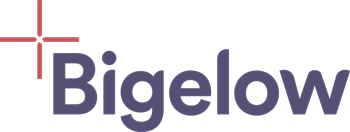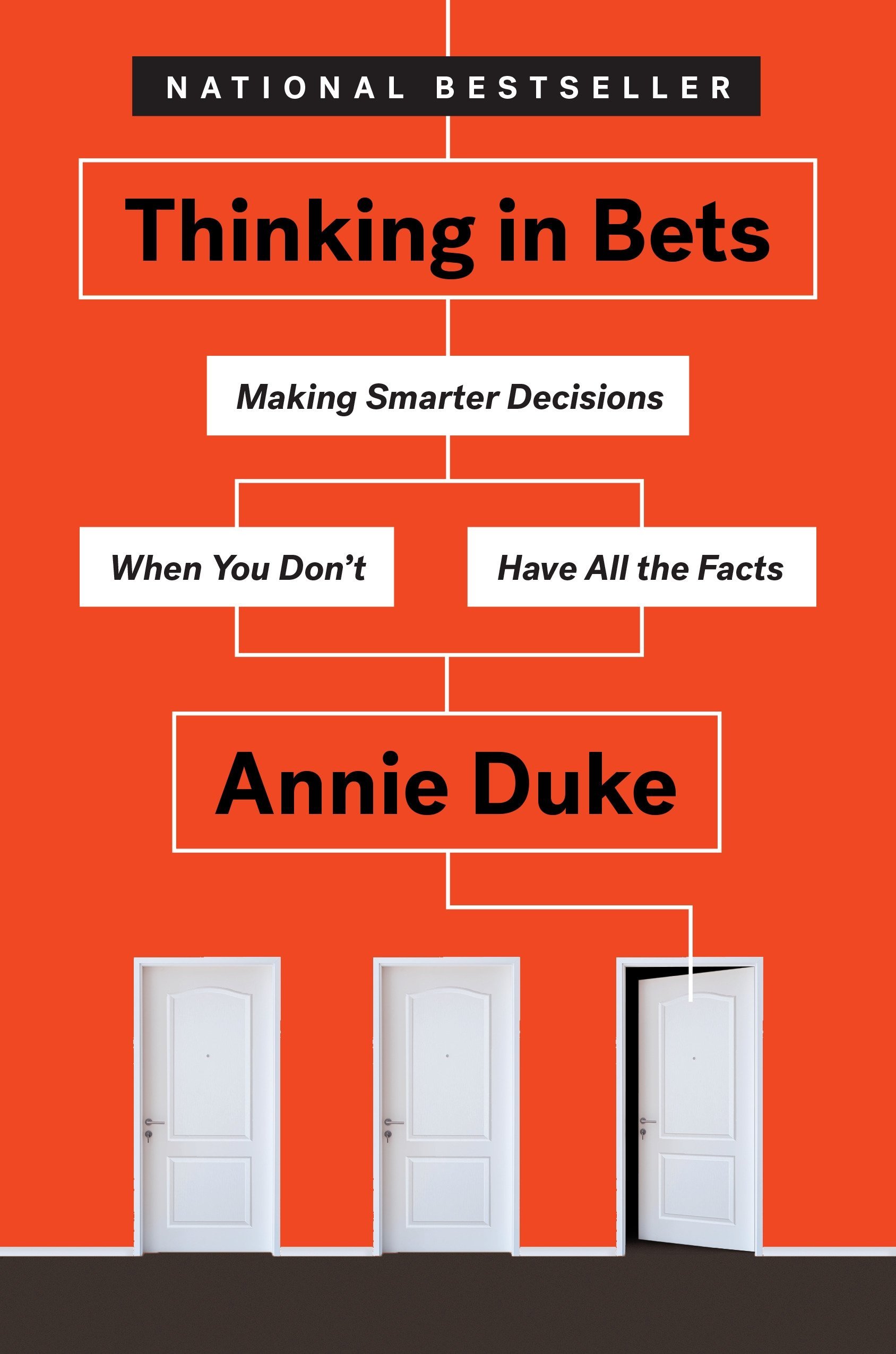2 minute read
Portsmouth, NH
At Bigelow, our boutique firm’s headquarters are wide open and airy, bright, with high ceilings, and a wall of windows looking out on the inner harbor of this colonial Atlantic seaport city. Ships and tugboats frequently pass by. The heart of our space is centered around a café. Most days there is music playing from the Sonos, some food or fruit to share on the high-top counter, in season occasionally fresh cut flowers from one of our home gardens. There’s a café style black chalk board where, instead of today's featured menu, is usually welcoming a visitor by name, sometimes a little revealed wisdom scribbled across the top.
Generally, there are multiple meetings taking place in the conference rooms around the perimeter, some in person, some using online tools like WebEx. They are customarily spirited; sometimes loudly passionate or emphatic. On any given day you might find some in business dress meeting with a client; in the collaborative studio others in aloha shirts or shorts.
Our teams have for years commonly spent 50% of their time out of the office, in our practiced form of distributed work that favors the fun and effectiveness of being with our Entrepreneur Owner-Manager friends/clients at their businesses. Others work from the road whether traveling professionally or for pleasure, or both.
Today, temporarily social distancing, there are only a couple of us here. During this interregnum, each team member has the option of working completely distributed, or being in our offices, or some of each. In this small city, no one uses public transportation to get to work, there are no densely crowded elevators or public meeting spaces to traverse. Right now, there are four of us here, all using different spaces to work, one in the café, two in separate conference rooms on video calls, one in a focus room with the sliding glass door shut.
Juggling friends/client engagement priorities, meeting mostly by video conference, dealing with extended family now heading for our home, detecting and empathizing with the fearfulness and anxiety just beneath the surface from many I speak to… I have a strong sense of déjà vu. You?
About nineteen years ago, 9/11 happened and on one blue sky Tuesday morning, literally everything changed in our world. In the succeeding months, Entrepreneur Owner-Managers and the businesses they own and lead were off balance. It wasn’t immediately “business as usual”. There were lots of tactical “to-do’s” sure, but the larger issue was the question of how to lead their families, organizations, and communities to move forward sustainably.
Many of our clients and friends then were noticeably paralyzed with worry. And not necessarily worried about terrorists. Worried about saying the wrong thing, taking too positive a tone, or communicating the wrong message to a popular culture—some of whom were reeling from loss, and all of us were dealing with unwelcome disruption. Many businesses’ instinct was to try to research what the audience (the popular culture) wanted to hear, and not vary far from that, so that they wouldn’t appear insensitive, so their brand wouldn’t make a mistake. Great. In that self-conscious silence, there was the possibility of less friction, sure, but leadership? Not so much. The desire to conform is a powerful emotion.
I am reminded this morning of the notion of “mind-set” my old fire chief used to persuasively pound into me (there was a lot of physicality in the fire service). One day he said “Rabbit, you know what your problem is? (because all my closest friends from my college days called and still call me Rabbit) Listen to me, Rabbit. You gotta’ appreciate in the world there’s two kinds of ‘mind sets’. You with me here, Rabbit?”
“One mindset is how when most people see a burning building (even if they know there’s people inside it) they run away from it, call the fire department, and then search for blame (shoulda’ been sprinklers, shoulda’ been fire alarms, took too long for the FD to arrive yabada, yabada, blah, squeak). That’s most people, Rabbit.”
“The other kind of people run into the building and save the victims—or try to.”
“Both kinds of people in those mind sets are scared. Of course they’re afraid, who wouldn’t be when you’re close to a burning building, only a moron wouldn’t be terrified.”
“The thing is Rabbit, you never know who acts on which mind set until you are faced with a burning building. It’s only an all-out catastrophe that presents the adversity to let us choose action from our inner strength and character.”
Not sure exactly how I was behaving that earned that high decibel ‘care-frontation’, but the lesson sure has stayed with me. Intention and connectedness can inspire courage even amidst chaos, fear, and anxiety. If we were to know and believe this, our sense of what is possible at any time would evolve. Everyone has the chance to be courageous, to lead—in their own way.
Who are You? Who are We? A crisis gives us a chance to find out.
What I am Reading / Listening to
Thinking in Bets: Making Smarter Decisions When You Don't Have All the Facts (2019)
By Annie Duke
In the Entrepreneur Owner-Manager world, “achievement” is some alchemical combination of talent, skill, and luck (chance), right? There’s always elements of luck that by definition you can’t control, can’t influence, can’t even predict. And frequently there is much data or information that is incomplete or hidden from view. Annie Duke, a former World Series of Poker champion, attempts to draw on examples from business, sports, politics, but mostly poker to share mental models that anyone can use to accept uncertainty and make better decisions.
For EOMs, by shifting our thinking from a need for certainty to a more realistic goal of accurately assessing what you know and what you don’t, Duke attempts to make the case that you will become less vulnerable to reactive emotions, knee-jerk biases, and destructive habits in your decision-making. It’s an important case to make but she fails at it. She is over heavy on sports analogies, many of which were feeble, and poker analogies (naturally). I was disappointed in the lack of scholarship in this book, the absence of drawing on the rich theoretical foundations of game theory, decision theory, and systems thinking. Her writing is unsophisticated, the references to others’ work is kindergarten. I really wanted to like this book. Suggest she stick to poker. Not recommended.
Entrepreneur Owner-Manager Quote
“ There was a time where working with my father felt like a failure."
- Mark Taylor, Executive Chairman and Former CEO, Reading Plus, LLC

Energy Creation
So, in a time of uncertainty such as the present, it strikes me that self-care rises to a focus of prominence. Without self- care replenishing our positive energy—physical and psychological—we are no damn good to ourselves, or anyone around us. And, the triumvirate of self-care: Sleep, Exercise, and Nutrition, actually don’t have equal weights. In the classification of Matthew Walker (Why We Sleep: Unlocking the Power of Sleep and Dreams 2018, highly recommended) Exercise and Nutrition actually rest on a foundation of sleep. When we are fatigued (as any new mom, business traveler, or entrepreneur of any kind will tell you), everything seems terrible, horrible, no good, crap. And when we are refreshed, everything is easier to take with equipoise.
I have been using an Oura ring for a couple of years to track my sleep quality (https://ouraring.com/). Again, referencing Walker, he believes that “sleep quality” is a combination of duration, “type” of sleep, and whether or not it was uninterrupted. My chums at XPT, Human Longevity, and Abundance 360 tell me they believe the Oura ring has the most accurate measurement of our sleep quality.
I don’t use it every night, and I don’t get anxious if it shows I am not getting enough sleep. I have a fairly good sense of my natural sleep cycle being that if I go to sleep and wake up uninterrupted, I seem to sleep about 7.5 hours per night, and a few more on occasion. I can go for fairly long periods (e.g., travel) with 5 hours, but it negatively affects my mood. I would never go very long without workouts, breath work, and TM.
So here are a couple of screen shots of the sleep I had recently. The first screen shot show that my sleep was 8 h 47 m that night—pretty handsome for me. I don’t believe efficiency or restfulness as those are subjective screens put together by the genius coders at Oura. REM sleep was 2.5 hrs and deep 2 hrs and so called latency–how long it took me to go to sleep was a fairly unbelievable 8 minutes.
The next screen shot shows Sleep Stages and here you can see the actual stair steps, going from wakeful, to light, to deep, to REM and then back to awake. The stage shows we awake from say 0630 to 0925 and I would have to say that somehow the ring thought I was still in bed (for those who know me only smile). The bottom chart shows my heart rate as a little less than 60 beats per minute resting, which is about right.
So do I get a better night’s sleep with Oura? Nope. I use it because it focuses my consciousness on sleep hygiene (turn off the devices and get to bed early), and it is an unmistakable indicator if my sleep sucks, fatigue is creeping up, I am getting depleted…bad for me and everyone around me. If you are interested in how I think this Age of Uncertainty has changed my sleep quality, email me and I will tell you. That way it spares all the other readers from TMI.


© 2024 Bigelow LLC. All rights reserved.


